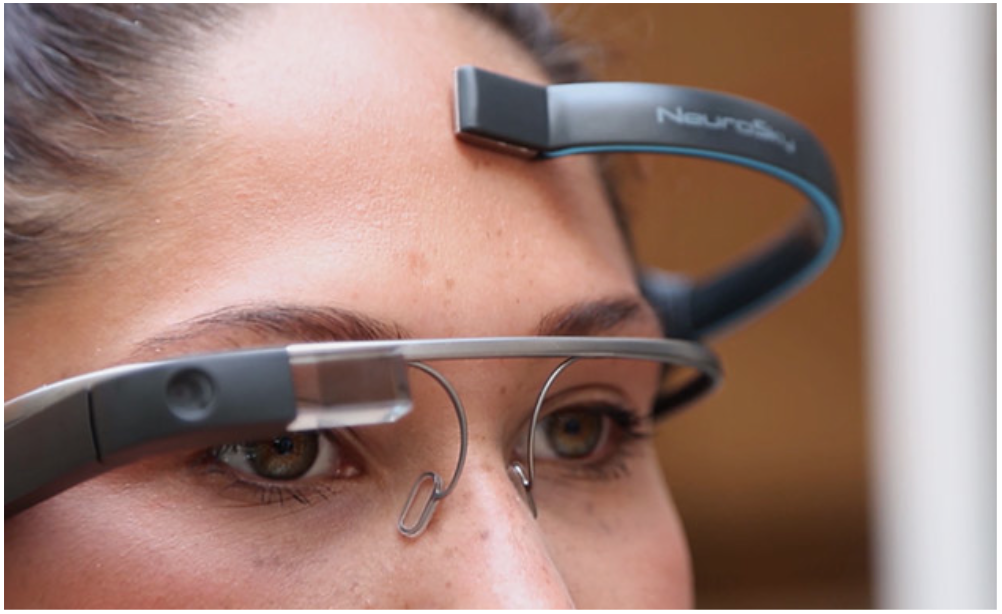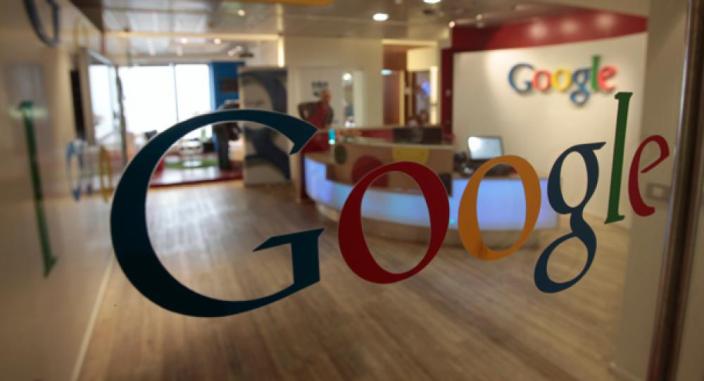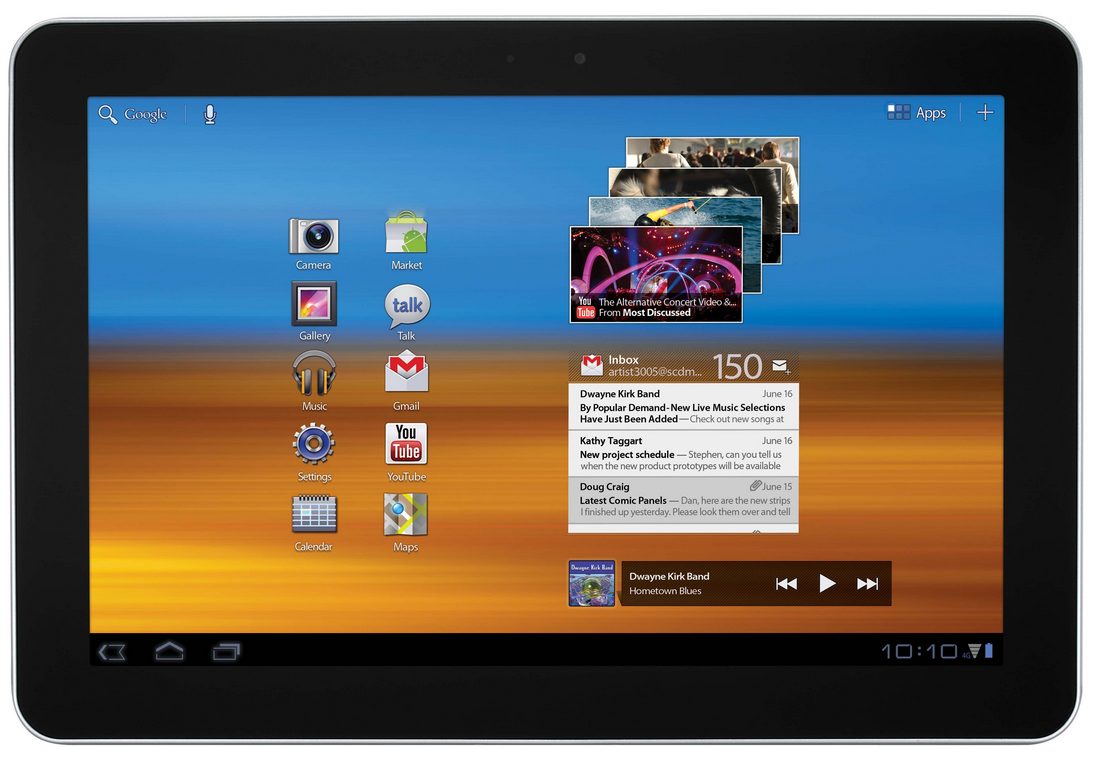MindRDR demonstrates how thought alone could control Google Glass [Video]


It sounds like a pretty cool idea right there, but for those with medical conditions that don’t allow them to control Glass by voice or touch – such as those with locked-in syndrome – this could change their lives.
Engadget reports that UK company This Place has created the MindRDR app to enable a Glass user who’s also wearing a head-mounted EEG sensor to take a photo and upload it to Facebook or Twitter by pure thought control.
It’s essentially a proof of concept at this stage, with only one form of measurement: concentration.
MindRDR shows up as a thin white line on Glass’s screen, which moves upwards the more the user concentrates. Once that line reaches the very top, it snaps a picture of whatever you want – you simply need to repeat the process to upload the image to a social network …




 It is pretty clear that webOS is over. With similar roots in Linux, the team could probably do some good with Google’s Android and Chrome products.
It is pretty clear that webOS is over. With similar roots in Linux, the team could probably do some good with Google’s Android and Chrome products.


